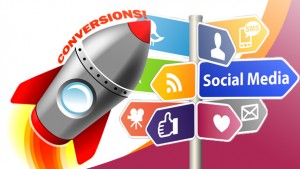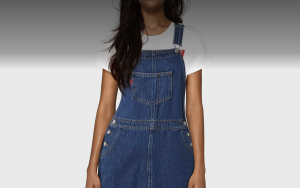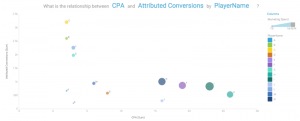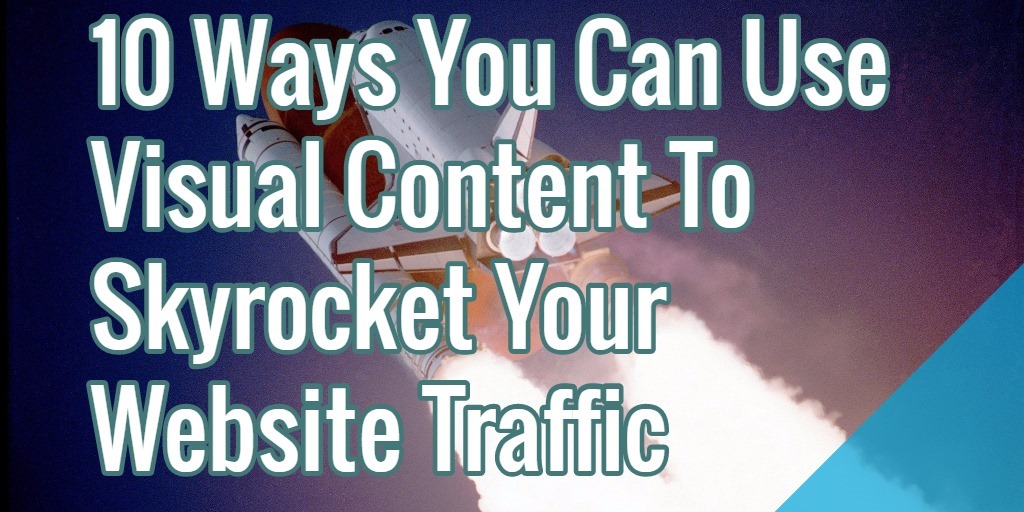
With the new year fast approaching, most of us in the content business are looking for ways to revamp our strategies.
There’s no doubt that content is still king, however, with hundreds of similar web pages online competing for traffic, it has become quite a tall order for marketers and business owners to increase their monthly website traffic to greater heights.
That’s where visual content comes in.
With the plethora of benefits you can garner from using visual content, it has now become a make or break tool for people on the internet who wants to get more traffic.
If you’re thinking of using visual content to skyrocket your monthly traffic, then allow me to share with you ten strategies that you can use to do just that.
Let’s hop right in.
1. Co-promote
Would you rather promote your content alone? Or, would you prefer getting help from others with promoting your content?
I’m sure you answered the latter, didn’t you?
That is the simplified explanation of what “co-promoting” content is: two or more individuals/groups/brands promote a collaborative creation such as an infographic or a video. This way, there are more channels of getting the word out to the public, and in the end, all the parties involved benefit from the effort.
These are some of the steps you can follow to use the strategy:
Step 1: Create an epic-looking infographic (our sample visual content).
Step 2: Look for influencers in your industry who might be a good fit for co-promoting your infographic. There are several tools that you can use for this; Ninjaoutreach is one of them.

(Note: You can learn more about Google’s advanced search queries here.)
Step 3: Once you’ve put together a list of influencers in your industry, you can now reach out to them asking them if they’d like to co-promote the visual content with you. Tell them that you’re going to add a “Co-prepared by:” section at the bottom of your infographic, where you can add their company logo should they decide to co-promote the content with you. That way, they can also benefit from co-promoting content by giving their brand more visibility on the internet.
Consider these points when creating your outreach message.
1. Send them the completed infographic. That way, they can check the quality of the content for themselves since they have access to it.
2. Make it dead easy for them to say “Yes.” Do not hassle them by requiring them to do 30% – 50% of the content. Send them something complete. The only thing you will want them to do is to promote it.
3. Keep your outreach message short, crisp, and punchy.
4. Focus on answering the question, “What’s in it for me?” You can bet your horses that your prospects are thinking about that as they read your outreach message. If you don’t give them a strong enough answer that question, the chances are good that they’ll just decline your request.
2. Co-author
Co-authoring is somewhat similar to co-promotion, with two or more parties pitching in to achieve the same goal. But this time, all the parties are involved in creating the content. Unlike co-promotion where one party is usually responsible for the meat of the content, “co-authoring” usually signifies that all parties start from scratch in the content creation process and will have “equal billing” in the end.
Some examples of co-authoring include surveys and studies, video collaboration, unified campaign for a specific cause (nature, health, etc.) and more.
By co-authoring, you can also leverage your collaborators’ viewership. In a way, your co-authors vouch for your brand and increase your credibility simply because they agreed to work with you. Their unique visitors can explore your site out of trust because you are a co-author, or simply out of curiosity, brought upon by your involvement with their trusted brand.
Important Note: When looking for people who can possibly co-author the content with you, be sure to check out their monthly website’s monthly traffic to see if they have a big enough monthly visitors. You can use Similarweb.com to check out their estimated monthly traffic.

For the most part, I don’t usually reach out to websites with a monthly traffic that’s lower than 50K. But that’s just one of the things I look into. If I see that the influencer has a raving community in their social media profiles, or the posts on their blogs have bajillions of engagement, then I’d still consider them even if their traffic is less than 50K.
3. Repurpose
There are three ways you can go about using this strategy:
1. You can look for old content on your website (evergreen ones, at that) that provides TONS of value, then create several visual versions of it.
2. You can create an epic visual content from scratch, then repurpose it to truckloads of other visual versions like slide presentations, memes, instructional videos, etc.
3. You can look for a piece of content in your industry that performed well; then you can repurpose their content by creating a visual version of it.
Be sure to reach out to the owner of the content first to ask for their permission as a courtesy (and to protect yourself from possible legal problems). You can then follow through by using the co-promotion strategy that we’ve discussed on point number 1.
As you can see, while the starting points of each strategy might be different, their workflow intersects as you go along the way. That being said, don’t beat yourself too much on which ones you should use.
When looking for content that’s worth repurposing online, I visit authoritative sites within my niche then analyze their content using Ahrefs’ Content Explorer feature.

Once you’ve found a content that’s worth repurposing, you can then click the results so you can visit the page where the content is published, look for the author, then reach out to the author.
4. Screenshot The Heck Out Of ‘Em
Perhaps the fastest way to create a visual content is through using screen captures.
If you found something online that you best depicts a point that you want to make, then you can screenshot the page.
Considering how we’re living in a visual world where everyone is following the show-us- some-proof-or-it-didn’t-happen ideology, you’d be able to silence the critics with the screenshots.
Another thing you’ll love about screenshots is it greatly compliments your instructional write-ups. If you give Quicksprout.com (and other authority sites) a quick gander, you’ll notice how they are keen on using screenshots.
To illustrate my point, you can check out two of the articles I’ve written that has a chock-full of screenshots.
- SearchEnginePeople – How I Use SEMrush & Discount Marketing To Get Massive Sales
- GuildofBloggers – The A to Z Guide to Guest Posting That Will Help You Grow Your Blog
You’ll notice that the articles’ quality have greatly improved because of the screenshots.
Two of the best screen capturing tools that you can use are Jing by Techsmith and Awesomescreenshot.com.
5. Use Comics
Comics have been around for decades and their use has transcended their original purpose. Comics can also be used as visual content to boost traffic to your page simply because they’re good at attracting audience attention. Even the most crudely drawn panel can catch a visitor’s gaze, and it will keep them on your page for a good couple of seconds until they finish reading or making sense out of it.
The placement of the comic panel is important because you want to use them as a hook to catch your visitors. You can also use them to break up segments of your page, delivering a bit of comic relief especially for serious or technical content.
If you want to know how amazing using comics can be, check out the blog posts over at Marketoonist.com. You’ll see how entertaining, fun, and powerful comics can be.
6. Use Memes
Just like comics, memes can be used as visual content to boost page traffic because they attract your audience’s attention. If used as a hook, memes can easily set the tone and mood of your page, making your content easier to read and understand.
We need to remember, however, that using the wrong memes can be disastrous for publishers. Memes with pop culture references can appeal to a certain demographic (80’s kids, 90’s kids, Millennials, etc.) but can be boring or simply not relatable to others (especially the younger generations).
Choose memes that most (if not all) of your visitors can understand. And just like comics, don’t overuse it as it can distract your visitors from the actual message you want to convey.

7. Picture Quote
Not only will picture quotes help you establish your personal brand, but it also makes your messages a lot “stickier”.
Don’t believe me? Check out this picture quote from Grant Cardone.  Addicted2success.com
Addicted2success.com
Can you imagine what would happen if you have hundreds of these picture quotes online? Not only will your audience recognize your face, but they will think of you as someone authoritative in the industry that’s worth doing business with.
When you’ve established your reputation, it becomes easier for you to influence them to visit your website to read your content, etc.
8. Video
If you’ve been marketing online for quite some time now, then you’d have probably known by now how powerful using videos can be to grow your sales, improve your brand recognition, or to grow your website’s traffic (among other things).
There are two points that I’d like to share with you when using video marketing to drive traffic to your website.
1. Do not publish the complete version of your videos on 3rd party sites like Facebook or YouTube.
Cut your videos midway (or in places where it’s starting to “get good”), then ask your viewers to click the link to your website so they can watch the complete video.
2. Add CTAs clear call-to-actions on all your videos.
The common practice that most marketers use is to add their CTAs at the end of their videos. Here’s an example of what seasoned marketers do.

While that is certainly a good practice to follow, you can take it a step further by sprinkling your CTAs across your video in places where you’ve added tons of value, or in areas you think aren’t THAT intrusive.
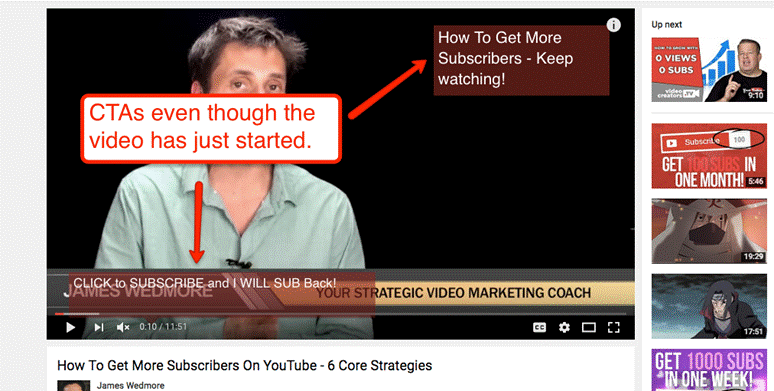
Of course, since our goal for this write-up is to increase your website’s traffic, your CTAs should lead your viewers to your site.
9. Data Visualization
Another form of visual content that you can explore is data visualization. In this strategy, you present data and analytics in a more understandable format like graphs or charts. While this is appealing to those who are more interested in numbers, it can also be an opportunity to present data in a more interesting manner.
These types of visual content are so powerful, that influencers use ‘em all the time. 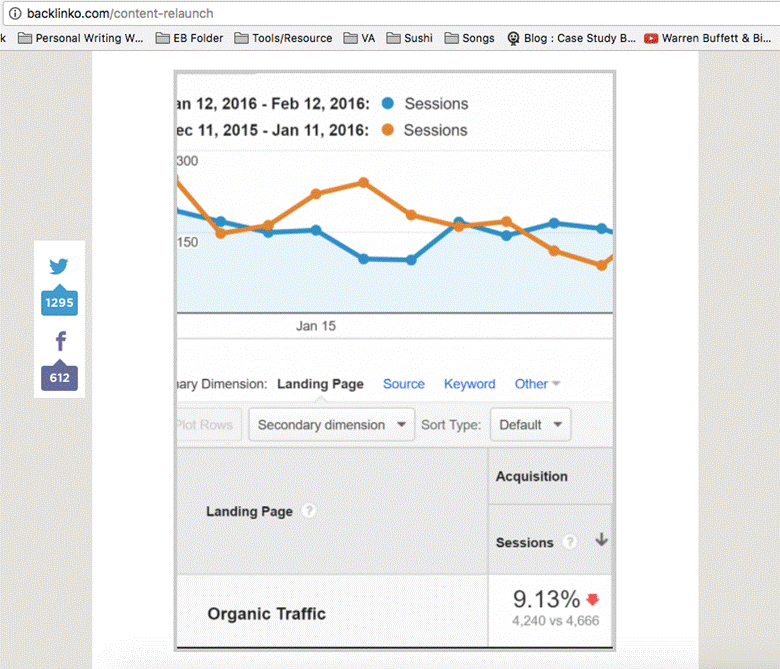 A screenshot from Backlinko
A screenshot from Backlinko 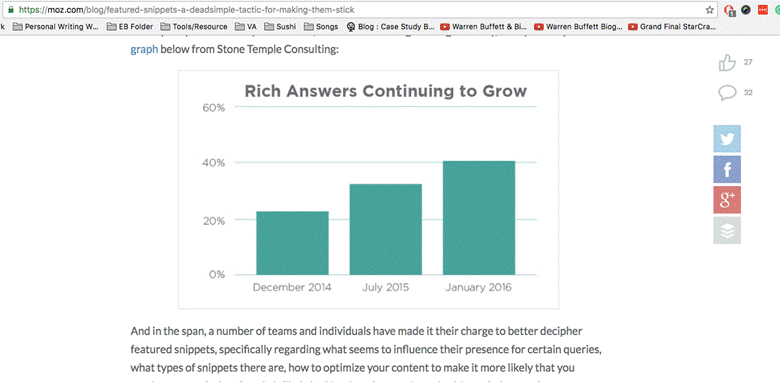 A screenshot from one of Moz.com’s blog posts
A screenshot from one of Moz.com’s blog posts
Data visualization is often presented as an infographic, using relatable images rather than straight numbers and figures. This way, instead of overwhelming your audience with indecipherable data, you’re feeding them easy to understand information that can attract them to your page. These visualized data can be posted on social media with a link to your page in the description.
10. Use Coupons
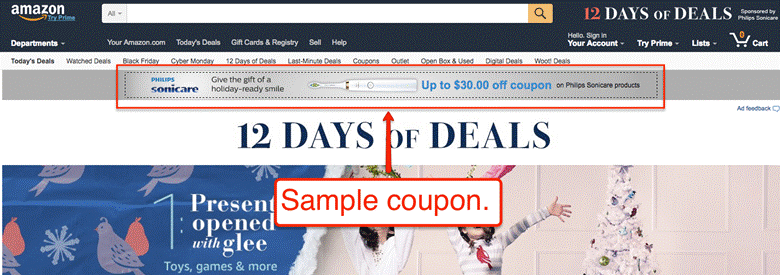
Here’s a question for you: If authority websites like Amazon.com are using coupons, don’t you think you should be doing the same thing too?
Because most people are into getting the biggest bang for their buck, coupons are perhaps one of the most “rewarding” visual content that you can use to get people to visit your website.
Be sure to consider these three things before you start using coupons to drive traffic to your site.
1. Obtain and store your customer’s email addresses. That way, you can nourish your relationship with them even after they bought your product.
You can then sell them new items in the future.
2. Add your coupons on discount coupon sites. Most webmasters only add their coupons on their websites or their social media sites. They fail to realize that adding their coupons on discount sites can yield them great results as well.
3. You don’t have to spend a lot to have a professionally designed coupon. You can go to Fiverr.com to buy one of their gigs.
What’s Next?
How are you using your visual content to drive traffic to your websites? If there are ideas, comments, or questions that you’d like to share, then please add them in the comments section below. Cheers!
* Adapted lead image: ![]() Public Domain, pixabay.com via getstencil.com
Public Domain, pixabay.com via getstencil.com

10 Ways You Can Use Visual Content To Skyrocket Your Website Traffic
The post 10 Ways You Can Use Visual Content To Skyrocket Your Website Traffic appeared first on Search Engine People Blog.
Search Engine People Blog(278)



